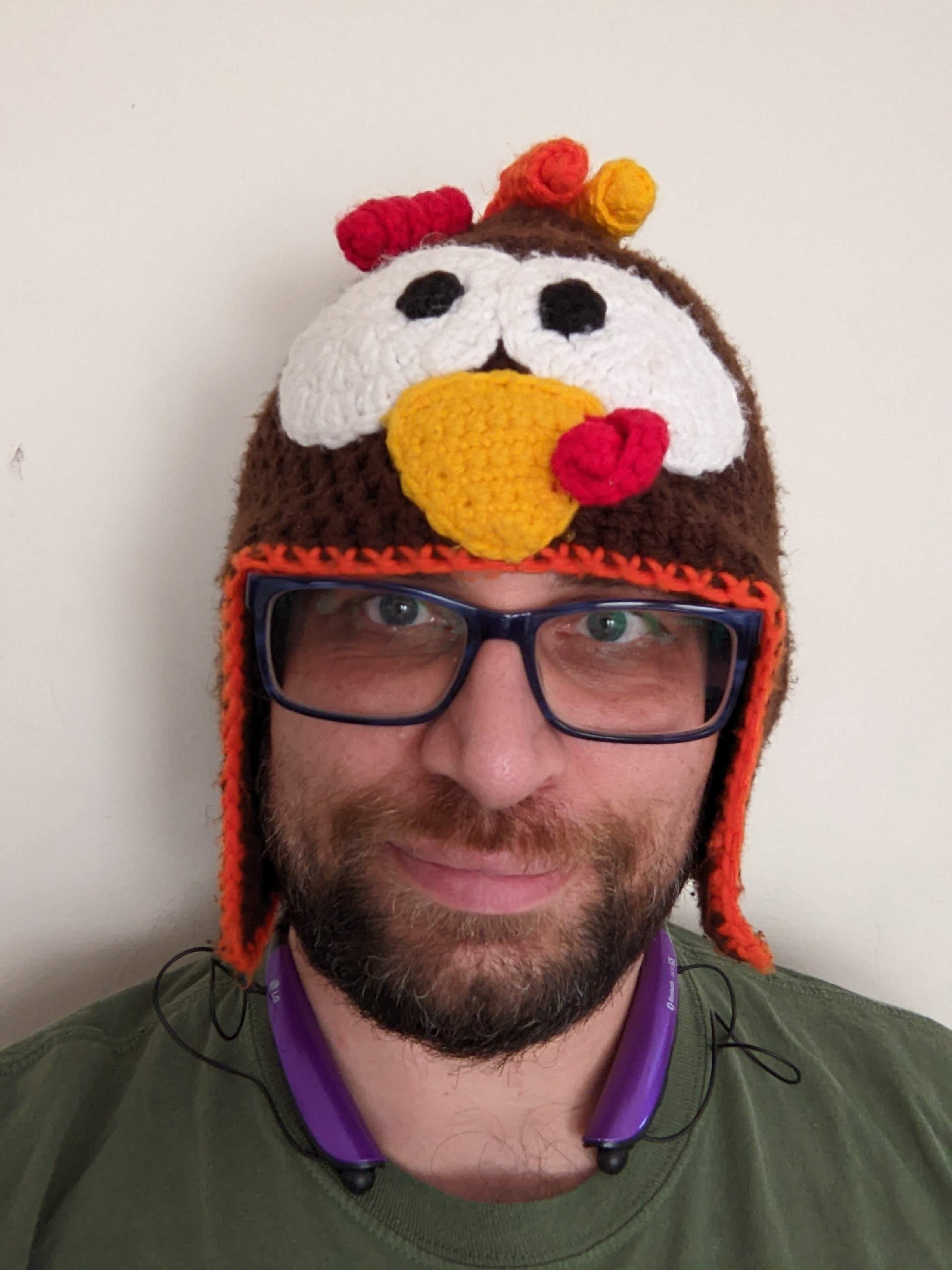In September, Elon Musk’s brain-implant company Neuralink announced the much-anticipated news that it would start recruiting volunteers for a clinical trial to test its device. Known as a brain-computer interface, or BCI, it collects electrical activity from neurons and interprets those signals into commands to control an external device. While Musk has said he ultimately wants to merge humans with artificial intelligence, Neuralink’s initial aim is to enable paralyzed people to control a cursor or keyboard with just their thoughts.
Rival efforts to connect people’s brains to computers are also moving forward. This year, Neuralink competitor Synchron demonstrated the long-term safety of its implant in patients. Other startups tested novel devices in human subjects, while new ventures came on the scene.
“It can definitely feel like a breakout year, but in fact it’s the result of decades of work in academia,” says Sumner Norman, a visiting researcher at the California Institute of Technology who’s also the cofounder and CEO of Forest Neurotech, which launched in October. “I think we’re really just starting to feel the effects of that exponential growth.”
The origins of BCIs stretch back to the 1960s and 1970s, when the first ones were tested on lab animals. As researchers began to understand the brain better, these systems evolved to be more sophisticated, allowing paralyzed people to move robotic arms, play video games, and communicate with their minds. Once a largely academic pursuit, BCIs are now of interest to a growing cadre of companies that have emerged since Neuralink’s founding in 2016.
I can’t think of anything I’d want to do less, than have any corporation or government insert a microchip into my brain. Like, I have a lot of trust and confidence in the science, but I have zero trust in the people who control it.
It’s pretty tragic that I believe a matrix style virtual utopia is possible in every sense of the word, but I couldn’t ever trust anyone with that level of power and control over my reality.
Not just that, imagine having to have invasive brain surgery every few years when it’s time to upgrade, or malware that you literally can’t escape from. Or even just the usual software bugs would be a lot more annoying if it’s physically plugged into your brain
I think the ideal solution will be to have some sort of universal interface and then keep most of the tech on pluggable devices. Though even that will likely mean upgrades to the interface eventually.
The sad thing is that this type of technology could be a huge boon for people with physical disabilities and even provide some amazing capabilities to non-disabled individuals. But, the advantages will almost certainly be fucked up by greed.
What about some sort of optical interface? Then we could have all the smart tech in another device and transmit the information wirelessly!
Jokes aside I agree with the disability side of things, however I still think those would be better as standalone implants that don’t need internet connectivity etc
“In order to have 50% fewer ads in your dreams, please subscribe to Neuralink Premium. Only $15.99/month!”
No… they drop the adds when you’re awake. They harvest your dreams to source new scripts for reality TV
I’ll bet the stupidly expensive surgery could be subsidized if we just let them do some light advertising. Maybe just when our eyes are closed so it doesn’t interfere when we need to see.
Like, I have a lot of trust and confidence in the science…
Animal Testing Mess (click to read)
The mistakes leading to unnecessary animal deaths included one instance in 2021, when 25 out of 60 pigs in a study had devices that were the wrong size implanted in their heads, an error that could have been avoided with more preparation, according to a person with knowledge of the situation and company documents and communications reviewed by Reuters.
The mistake raised alarms among Neuralink’s researchers. In May 2021, Viktor Kharazia, a scientist, wrote to colleagues that the mistake could be a “red flag” to FDA reviewers of the study, which the company planned to submit as part of its application to begin human trials. His colleagues agreed, and the experiment was repeated with 36 sheep, according to the person with knowledge of the situation. All the animals, both the pigs and the sheep, were killed after the procedures, the person said.
Kharazia did not comment in response to requests.
On another occasion, staff accidentally implanted Neuralink’s device on the wrong vertebra of two different pigs during two separate surgeries, according to two sources with knowledge of the matter and documents reviewed by Reuters. The incident frustrated several employees who said the mistakes – on two separate occasions – could have easily been avoided by carefully counting the vertebrae before inserting the device.
Company veterinarian Sam Baker advised his colleagues to immediately kill one of the pigs to end her suffering.
“Based on low chance of full recovery … and her current poor psychological well-being, it was decided that euthanasia was the only appropriate course of action,” Baker wrote colleagues about one of the pigs a day after the surgery, adding a broken heart emoji.
In other words, human error. That wasn’t what the person you responded to was talking about when they said they trust the science.
deleted by creator
Whoops! Guess I lost the race! You guys go ahead and enjoy your brain implants. You definitely won!
4 years from now…“Neuralink 1.0 has reached the end of it’s lifecycle, please upgrade to Neuralink 4.0 for the low, low price of several thousand dollars to continue enjoying features like ‘moving’ and ‘communication’”
I like the concept in a early adopter way, but there isn’t enough money period to get me to let Elon put it there
Not for me though.
Once they get all the kinks worked out, I’m ready.
Yup, about 20 years from now, and it will need to be an open source version with ad-block.
synchron sounds like its less invasive but they don’t provide much details on the site in readable form.
Human Revolution -> Mankind Divided











